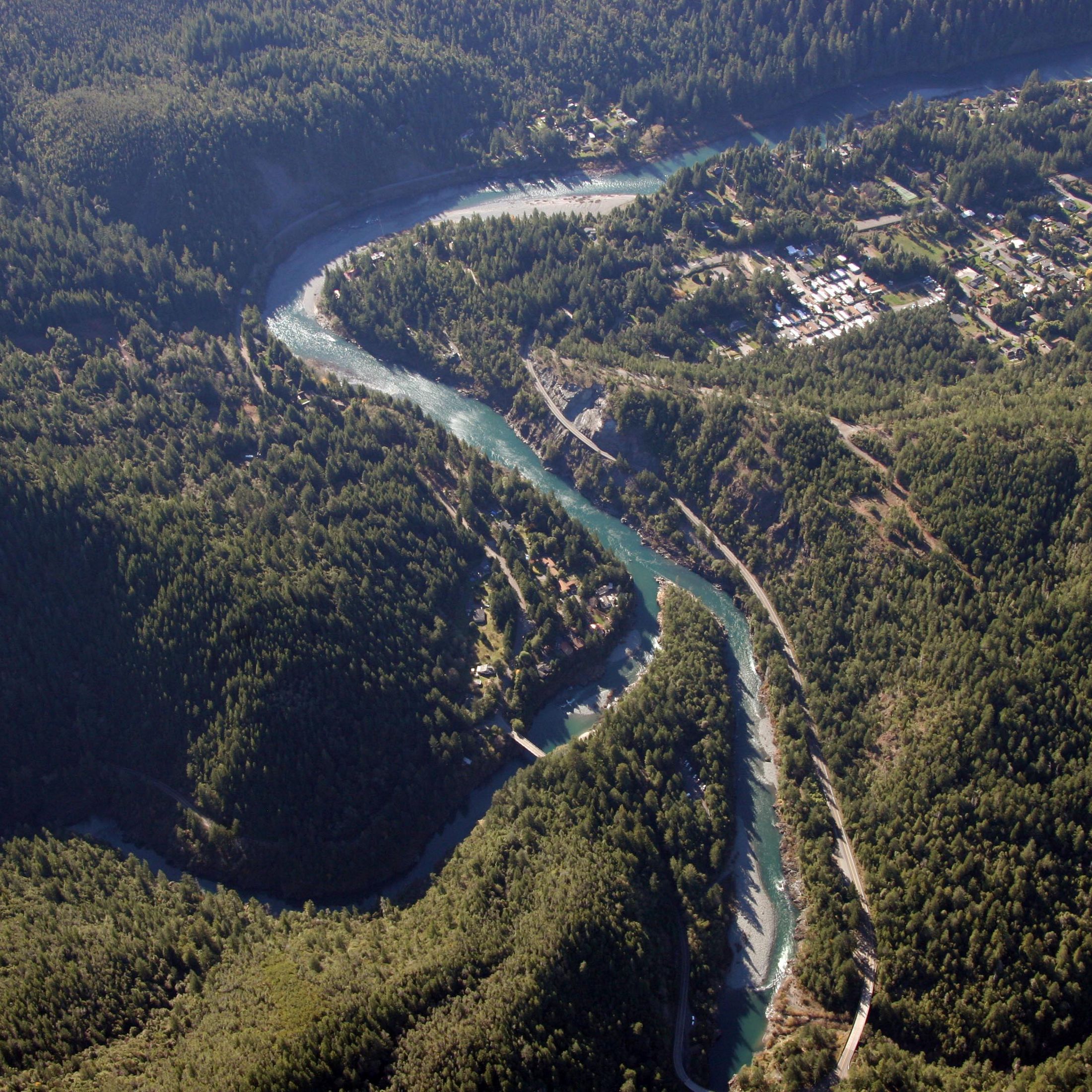
Most rivers begin high up in the mountains or hills, where winter snow melts and rain falls. Snowmelt and rainfall can also seep into the ground to form groundwater. Groundwater connects to rivers and streams on a permanent or intermittent basis. In gaining reaches, groundwater contributes flows to the stream. In losing reaches, groundwater is replenished by surface flows. Groundwater commonly contributes all or some of the water flowing down a river, particularly during a region's dry summer and fall months.
During periods of insufficient snowmelt or rainfall, or excessive groundwater pumping, groundwater levels can drop below the elevation of the riverbed, pulling surface flows away from rivers into the ground. Depending on the aquifer conditions, groundwater pumping farther away from the river can still impact groundwater levels below the riverbed. In some cases, sections of rivers and streams can go dry for longer periods of time. Since groundwater is often a source of critical cold water for rivers and streams during hot summer and fall months, habitat and cold water refugia for native fish can be lost.
In places where rivers and streams meet the ocean, estuaries can also depend on groundwater. Groundwater can be an important source of freshwater to estuaries, particularly in intermittent river systems or where upstream surface water use is substantial.
Consequences of Intensive Pumping
-
Lower groundwater levels can eliminate the input of cold water or reduce the total amount of water flowing in a river or stream. Decreased groundwater input can cause the remaining stream water to warm as it gets shallow. Warmer water can affect wildlife behavior and harm important spawning habitats for salmon and other fish.
-
Decreased groundwater levels in riparian areas and floodplains mean plants and trees must have deeper root systems to reach sufficient water for survival and growth. Some plant and tree species cannot adjust enough to survive; others no longer have the conditions suitable for recruitment, decreasing regeneration of floodplain and riparian forests.